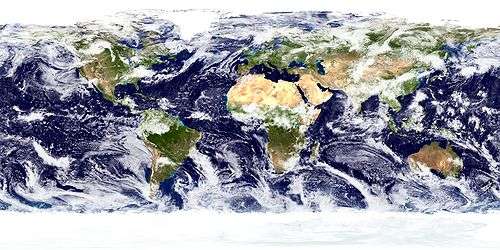Arctic Lowlands
The Arctic Lowlands and Hudson Bay Lowlands are a physiographic division, lying between the Canadian Shield and the Innuitian region To the south of the surfaces and lowland plains. This is a region of tundra, a treeless Plain, with a cold, dry climate and poorly drained soil. Most of the Arctic Lowlands region is located in Nunavut. The Arctic Lowlands are plains located in Canada. Plains are extensive areas of level or gently rolling land. In North America there is a large, flat interior Plain. They are also part of what is commonly referred to as the Arctic Archipelago, occupying much of the central Canadian Arctic. They are made up of a series of islands located in Canada's far north, and have remains frozen most of the year. However, the Paleozoic sedimentary rock, from which the Lowlands are formed, contains lignite (a form of coal), oil, and natural gas deposits. Limestone is very abundant as well. The Arctic Lowlands have a small human population. The terrain is mostly ice, snow, rock, and it is full of marshes, especially in the winter. Animals that live in the area include polar bears, char, Arctic hares and Arctic foxes. This region is being affected by global warming. It is very cold and human life may be difficult. Many suffer from lack of food in this region. Commonly known as the Hudson Bay-Arctic Lowlands, the Hudson Bay part is over 50% water.
